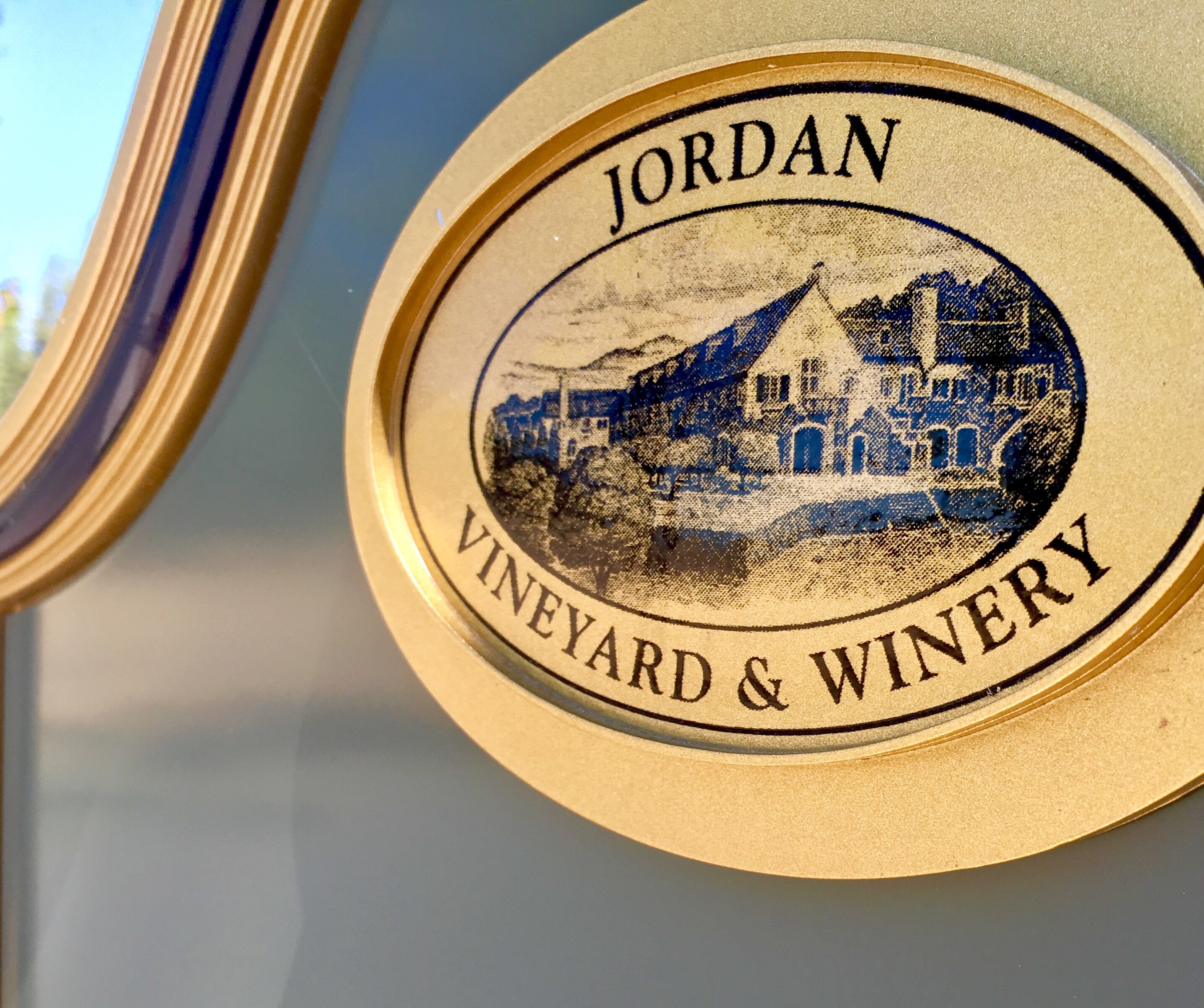

•Eco-wine tour w/ Owen’s Hiking & Adventures @ Vineland Estates
•Ice Wine Cocktail Party
•Lazy Saturday Tasting @ iCellars Estate Winery
They say you can’t go home again. I’m happy to report that’s not always true. I went home to Niagara this past weekend. And it was wonderful!
Click the video below for more fun!
🗓️Friday – At Vineland Estates, my friend Deb and I got out on the vineyard (and part of the Bruce Trail) with Owen Bjorgan of Owen’s Hiking and Adventures. We learned about the Niagara bench ecosystems, how they affect the vineyards and the resulting wine. It was awesome to taste the wines in the spot they were grown.
Winding our way from the Riesling vineyard through a small nearby forest, Owen explained how the forest, in close proximity, provides numerous ecosystem benefits to vineyards, such as increased whole-farm yield, increased soil water-holding capacity, reduced erosion, cleaner watersheds. With this being a natural agroforest ( it was there first), set a little away from the vines, there is little to no competition for nutrients, resources and light. All the benefits and no fighting.
It was incredible to leisurely hike, enjoy the cool of the forest, and end our tour back in the sunny warmth of the vineyard. It’s very healing spending time in nature… the wine didn’t hurt, either!🍷
Next up: the Rotary Club of Niagara-on-the-Lake’s Ice Wine Cocktail Party – benefitting Rotary International Projects and Red Roof Retreat – who provide respite care for Niagara’s Special Needs families.
Hailed as the ‘event of the summer’ and held at Hiscott House, a private residence in Niagara-on-the-Lake, my friend Steffanie and I enjoyed, of course, fabulous Ice Wine cocktails. 🍸 Add to that a diverse menu of savory and sweet treats, ending the evening with a chocolate Ice Wine shot. It was the place to see and be seen, and was a great evening for great causes. ✨
•
🗓️Saturday – with Friday being so busy, it was great to slow down, chill and have a lazy Saturday. Deb, Shiona and I met for a leisurely wine tasting at iCellars Estate Winery. This is a favorite spot, especially during harvest. We meditated on our flights of Chardonnay, Rose, the Arinna Red Blend, and Cabernet Sauvignon. This year’s pick – the Cab Sauv!
We spent some time after our flights enjoying a glass outside on the patio, gazing out as the golden sun warmed the vineyard.
And as we drove away, I saw a motorcycle with two dogs in goggles in the sidecar. And I know what you’re thinking… what do they put in their wine? I asked Deb if she saw it too. She did.
Luckily, I got a picture.
If you’re in the Niagara region, make a point of experiencing these great wineries. There are so many to choose from, and each with their own unique style.
Cheers!🍷
©️Copyright. 2023. The Wine Student.


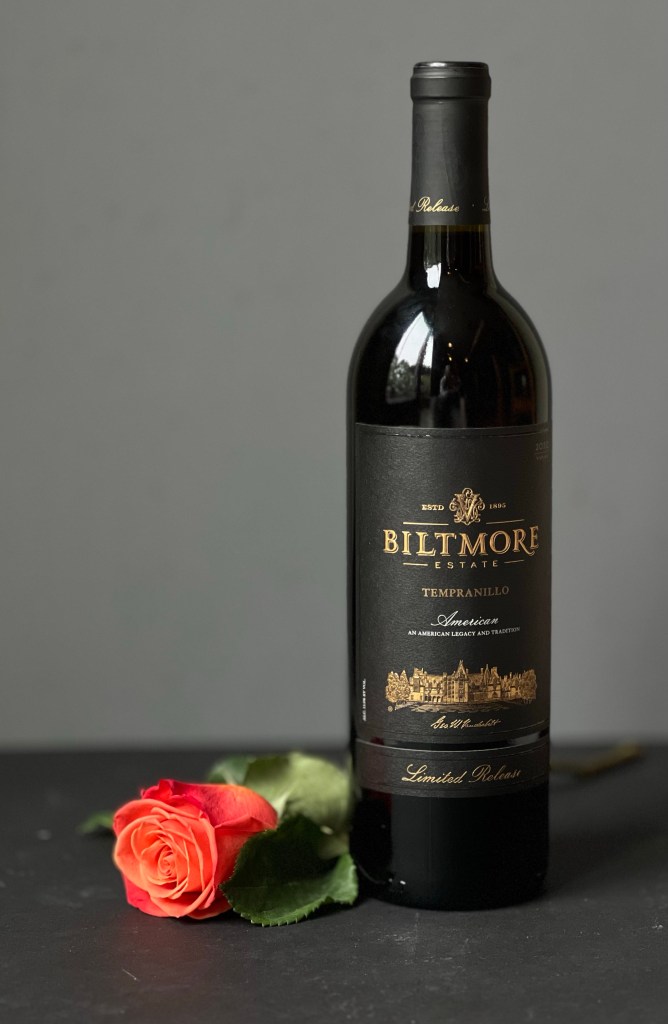
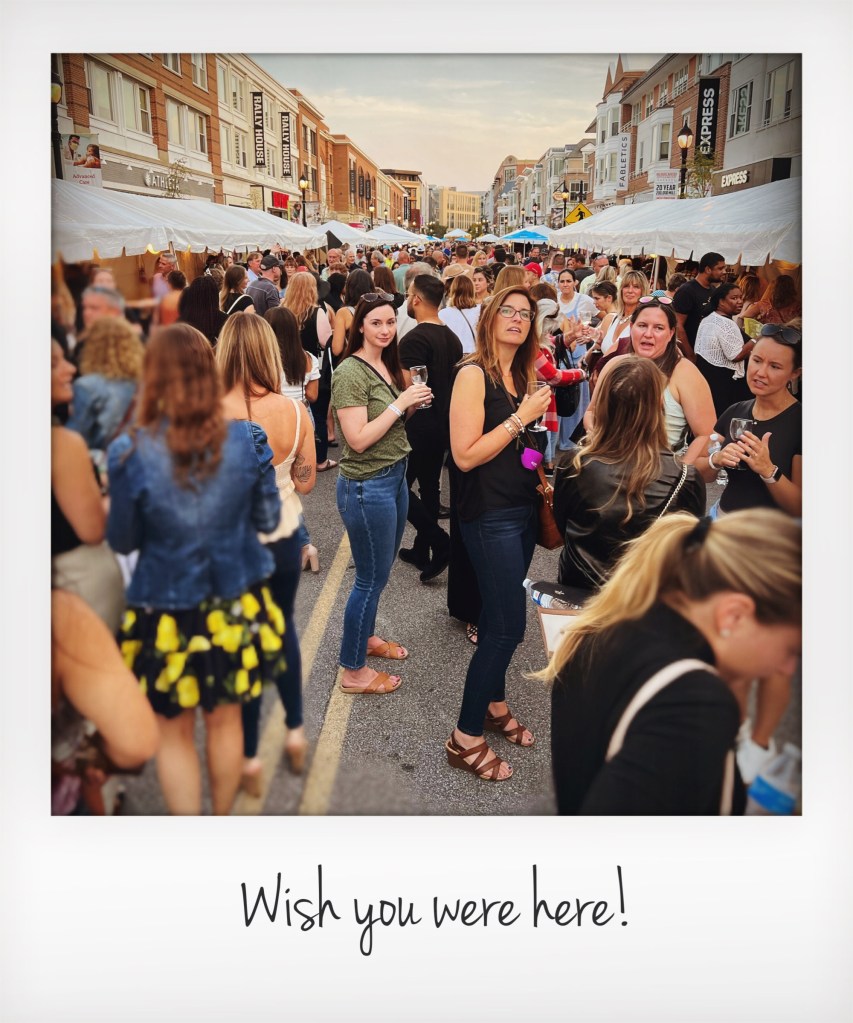
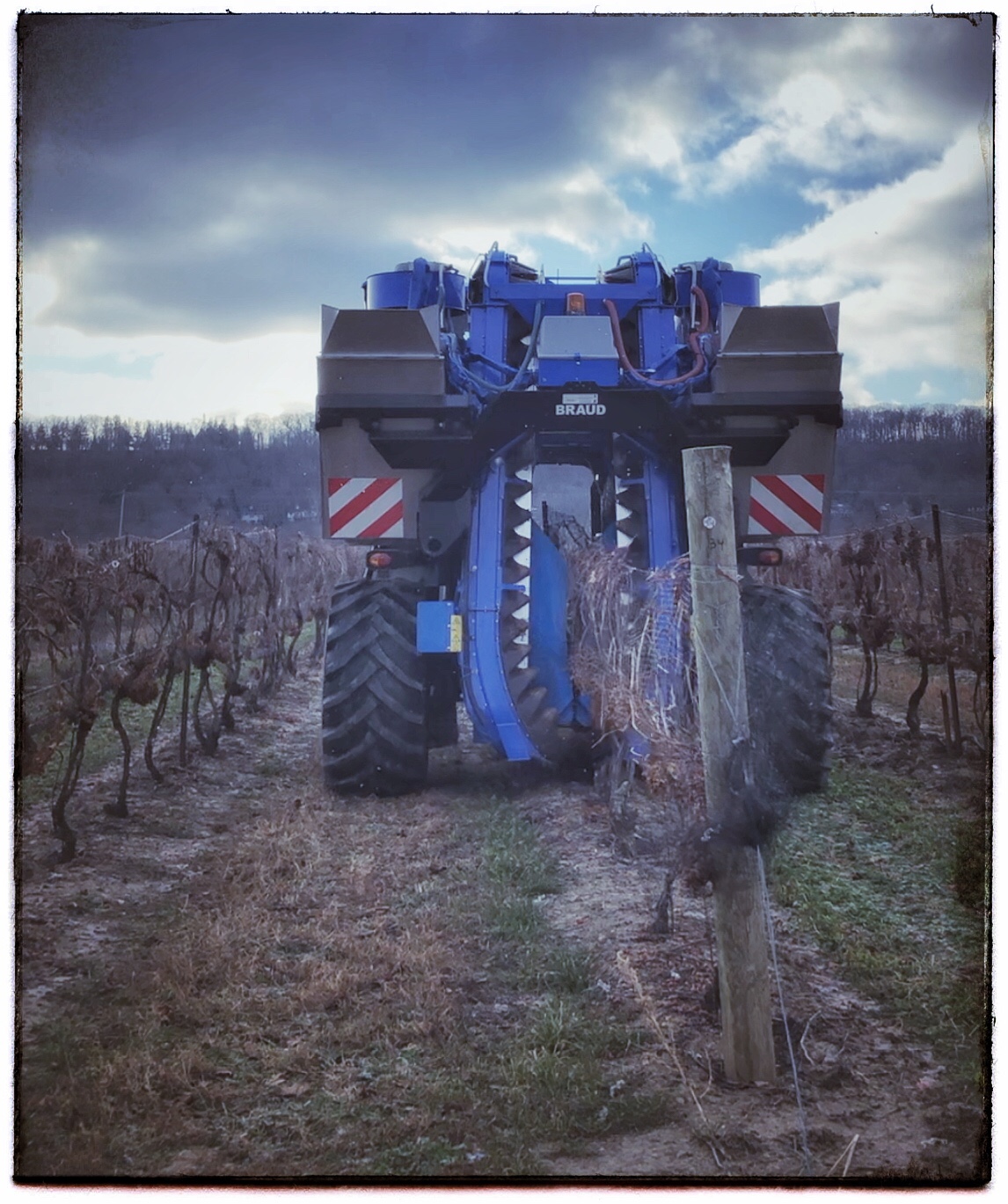
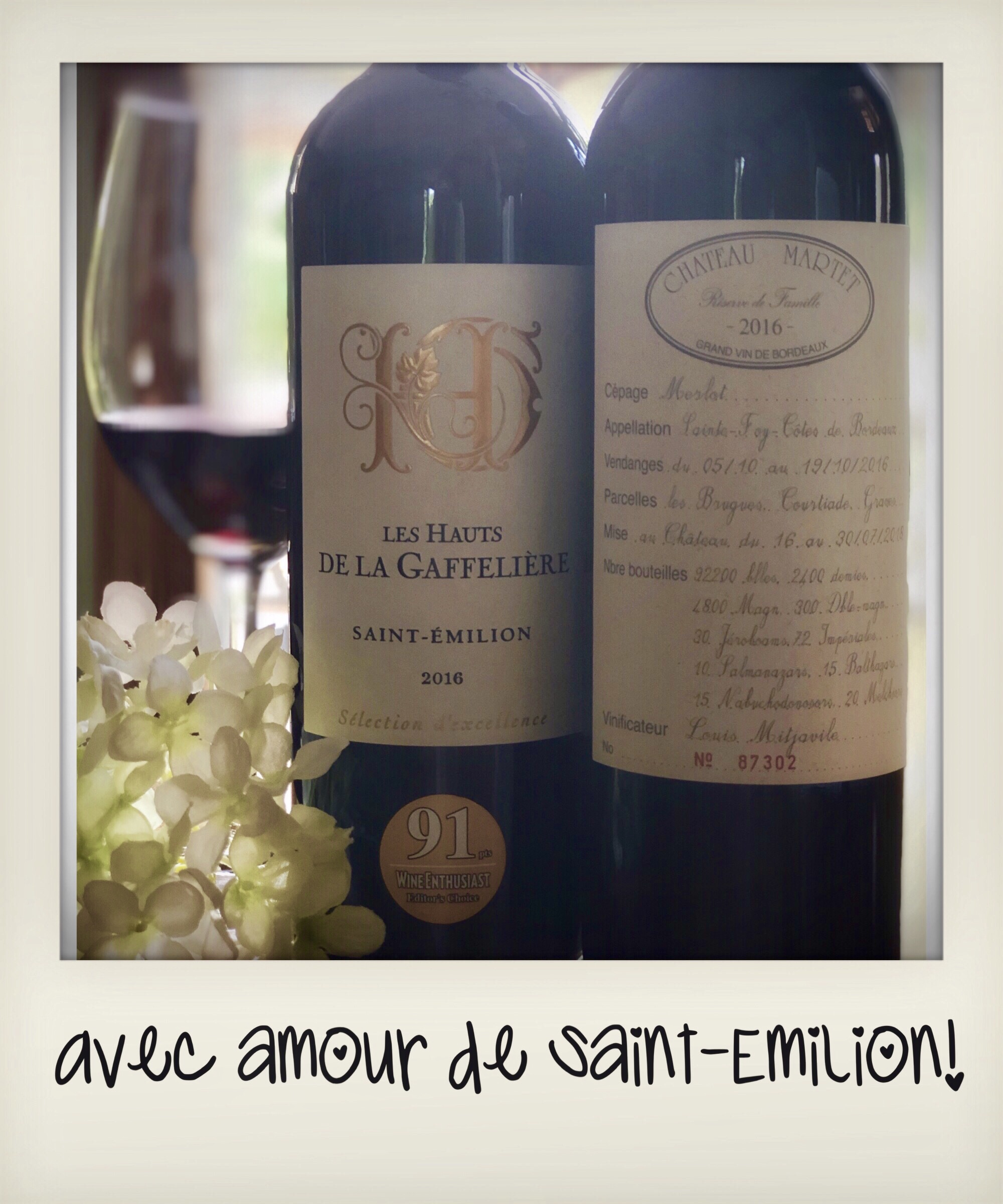
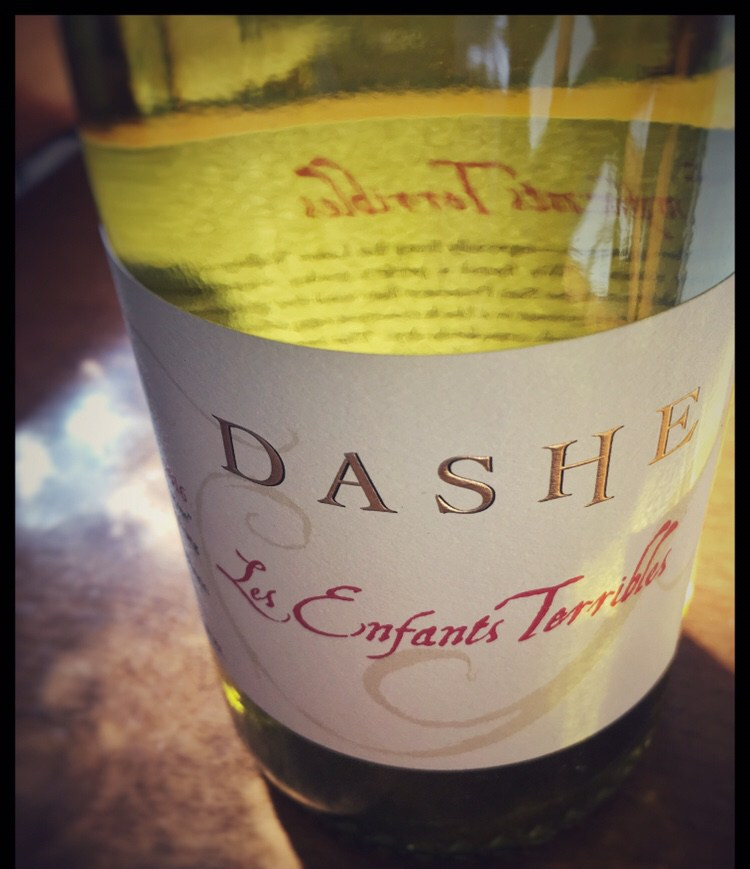
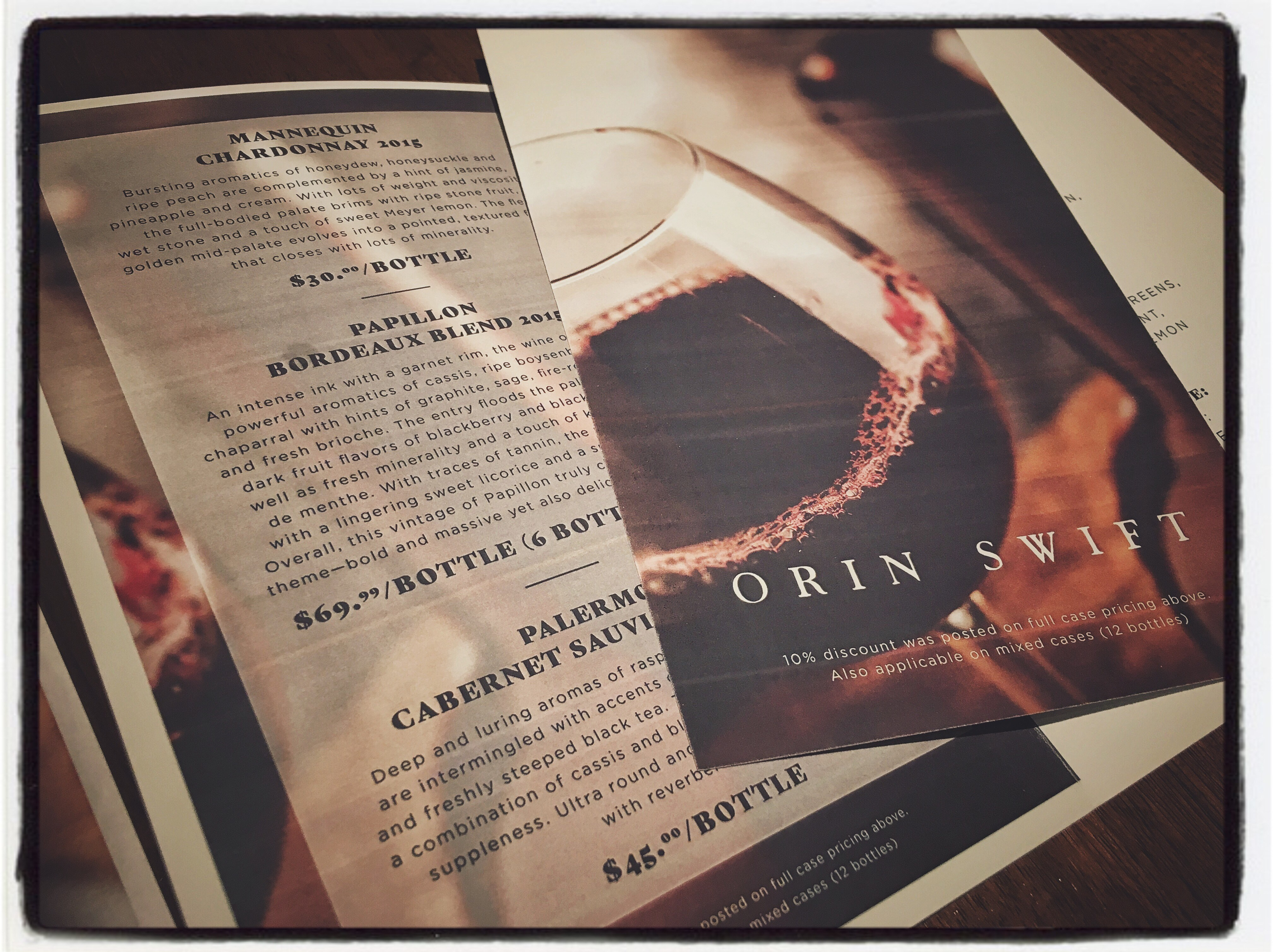
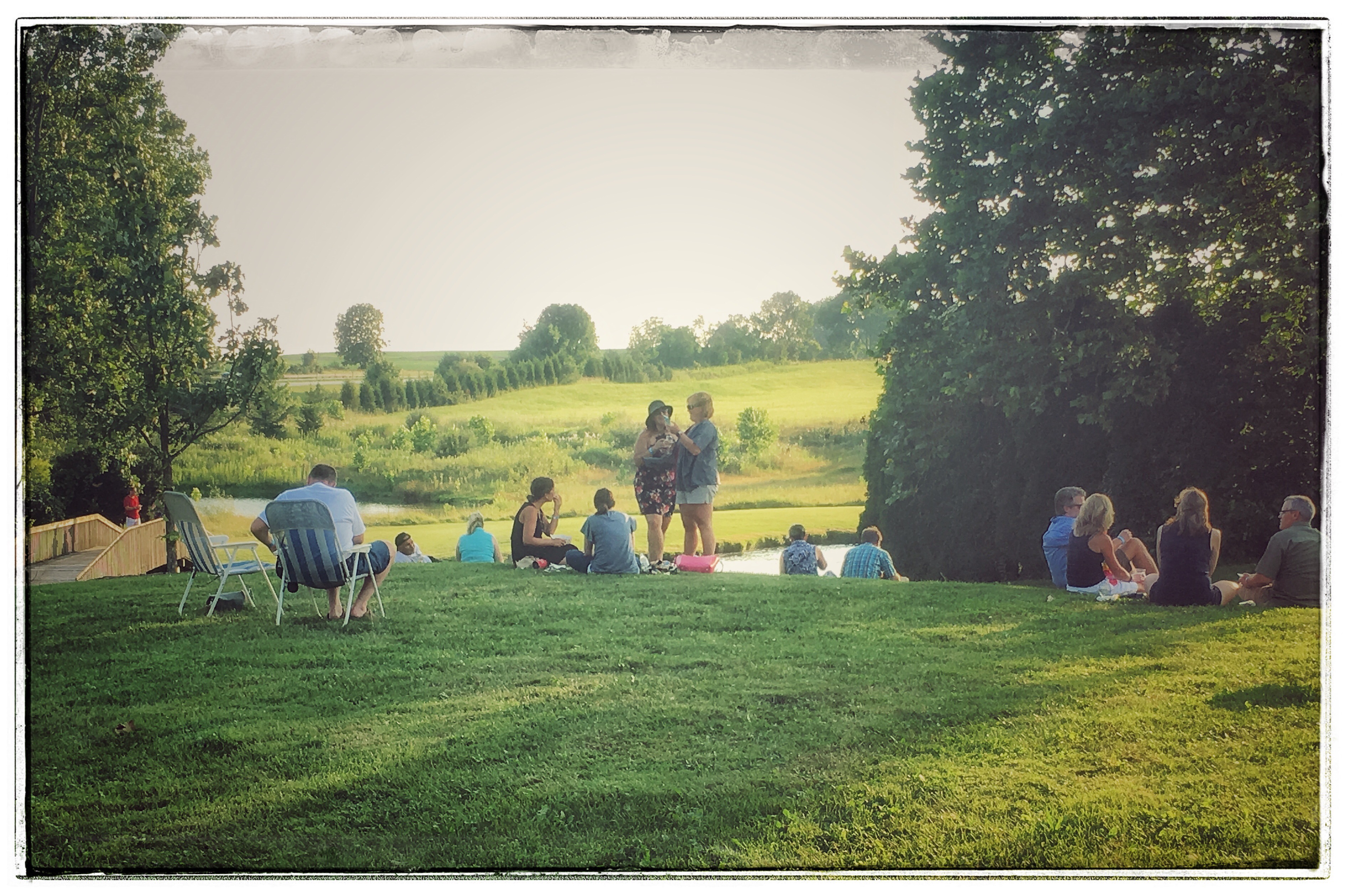

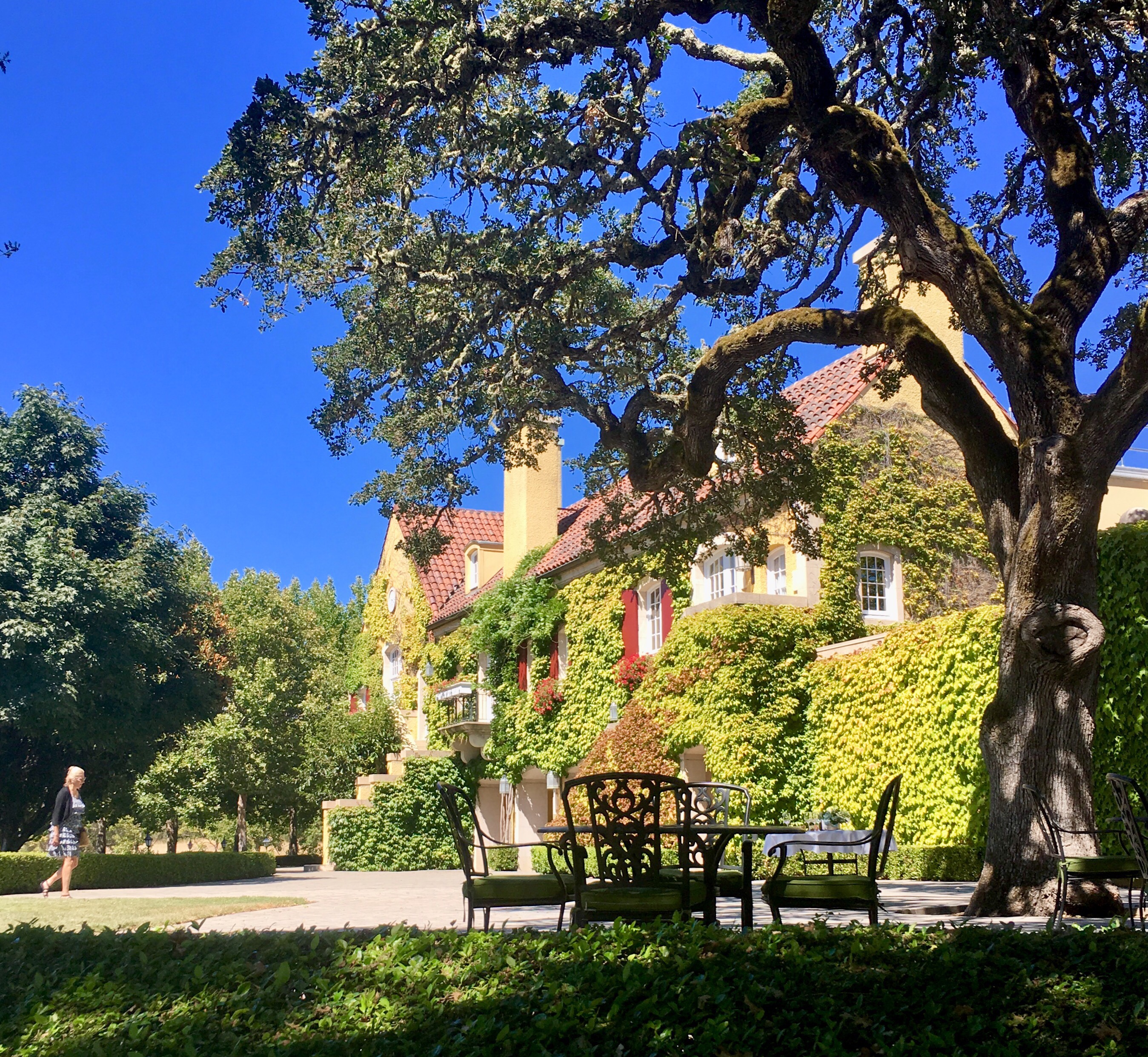
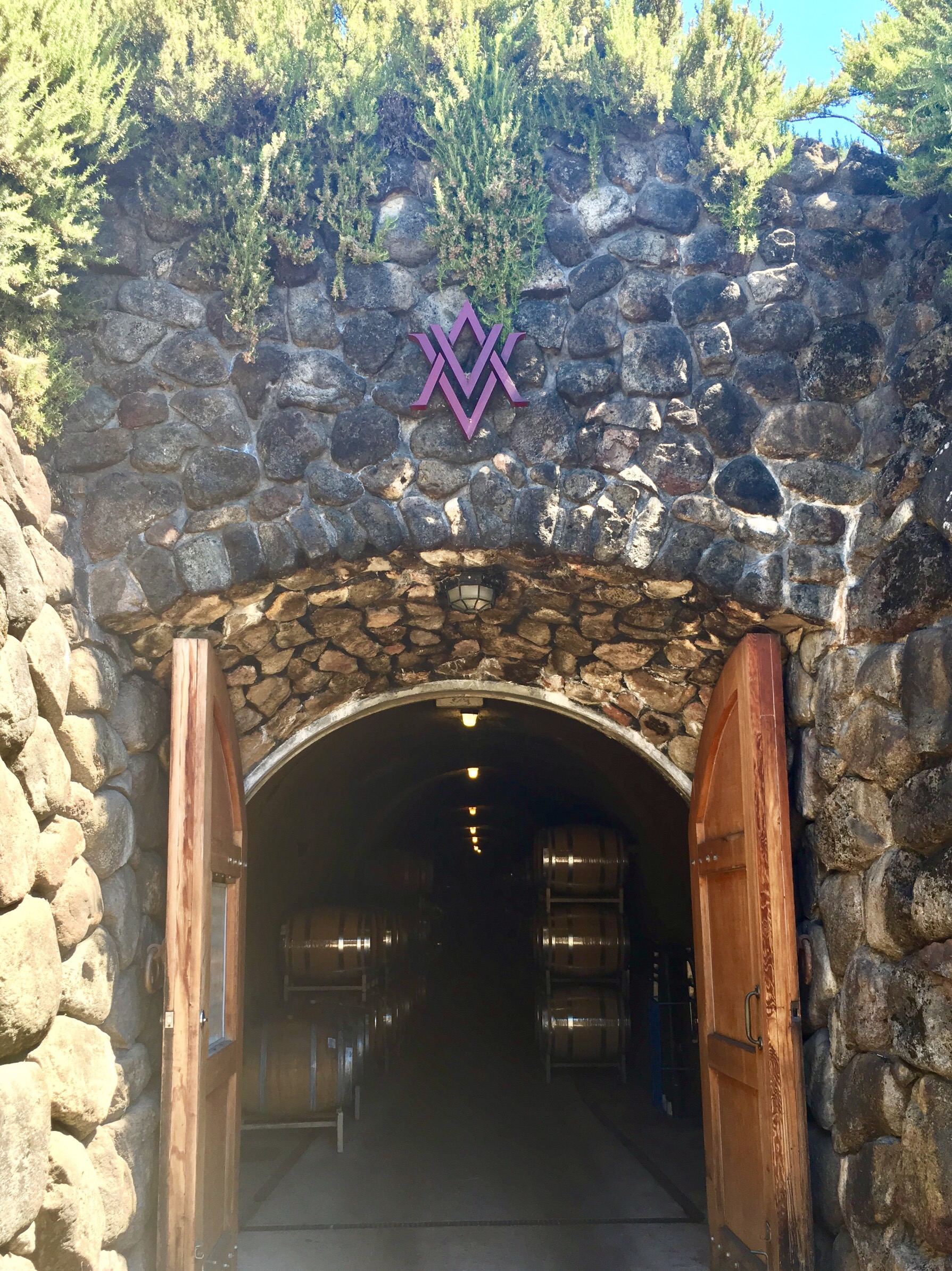
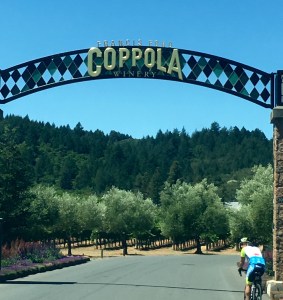 picturesque pool area with cabine where you can spend the day with your family. Most water areas at wineries are reservoirs, overflow basins or decorative ponds that they always kick me out of. Bocce courts and lazy hammocks overlooking the valley give a chill vibe that invite you to grab a glass and relax.
picturesque pool area with cabine where you can spend the day with your family. Most water areas at wineries are reservoirs, overflow basins or decorative ponds that they always kick me out of. Bocce courts and lazy hammocks overlooking the valley give a chill vibe that invite you to grab a glass and relax.
